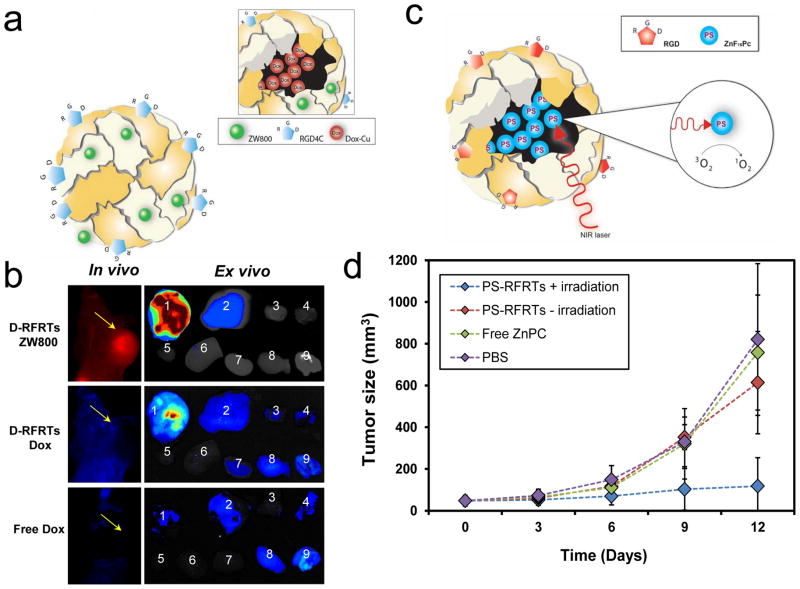Figure 5. RGD modified ferritins as carriers for therapeutics and photosensitizers.
a, Schematic illustration of doxorubicin-loaded, RGD-modified ferritins (D-RFRTs). Doxorubicin (Dox) was pre-complexed with Cu, and the complexes were encapsulated efficiently into RFRTs. b, In vivo and ex vivo imaging results of U87MG tumor-bearing mice injected with ZW800-labeled D-RFRTs and free Dox. For ex vivo studies, the organs were arranged in the following order: 1, tumor; 2, liver; 3, lung; 4, muscle; 5, heart; 6, spleen; 7, kidneys; 8, brain; 9, intestine. With ferritins as carriers, significantly enhanced tumor uptake of Dox was achieved. Reprinted with permission from ref [12]. c, Formation and working mechanism of ZnF16Pc-loaded, RGD-modified ferritins (P-RFRTs). ZnF16Pc can be loaded into RFRTs with high efficiency. Under irradiation of a 671 nm laser, ZnF16Pc can transfer energy to near-by O2 molecules to yield 1O2. d, Tumor growth can be suppressed by P-RFRTs-mediated photodynamic therapy (PDT). U87MG tumor bearing mice were divided into four groups which received different treatments. Group 1: P-RFRTs, with irradiation. Group 2: P-RFRTs, without irradiation. Group 3: ZnF16Pc, with irradiation. Group 4: PBS, without irradiation. Significant tumor suppression was found in group 1 (P < 0.05). On day 12, a tumor inhibition rate (TIR) of 83.64 ± 2.52% was observed. Reprinted with permission from ref [9].

